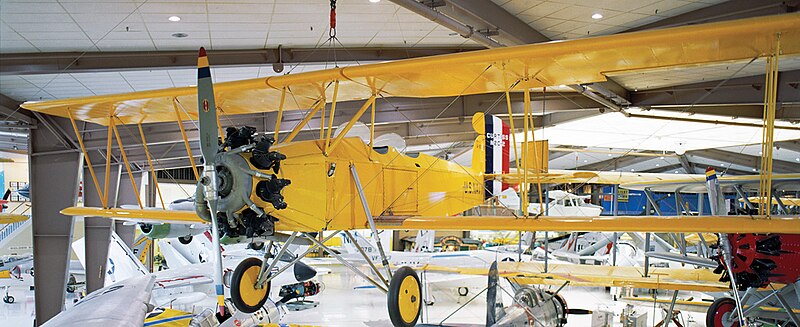File:Curtiss N2C-2 Naval Aviation Museum.jpg

Size of this preview: 800 × 327 pixels. Other resolutions: 320 × 131 pixels | 1,069 × 437 pixels.
Original file (1,069 × 437 pixels, file size: 274 KB, MIME type: image/jpeg)
File history
Click on a date/time to view the file as it appeared at that time.
| Date/Time | Thumbnail | Dimensions | User | Comment | |
|---|---|---|---|---|---|
| current | 08:59, 20 October 2009 | 1,069 × 437 (274 KB) | Cobatfor | == {{int:filedesc}} == {{Information |Description=A U.S. Navy Curtiss N2C-2 Fledgling at the National Museum of Naval Aviation in Pensacola, Florida (USA), in 1983. <br>'''Official description:''' "The museum's N2C-2 Fledgling was acquired and restored in |
File usage
The following pages on the English Wikipedia use this file (pages on other projects are not listed):
Global file usage
The following other wikis use this file:
- Usage on ar.wikipedia.org
- Usage on es.wikipedia.org
- Usage on fa.wikipedia.org
- Usage on ms.wikipedia.org
- Usage on no.wikipedia.org
- Usage on tg.wikipedia.org
- Usage on vi.wikipedia.org
- Usage on www.wikidata.org

